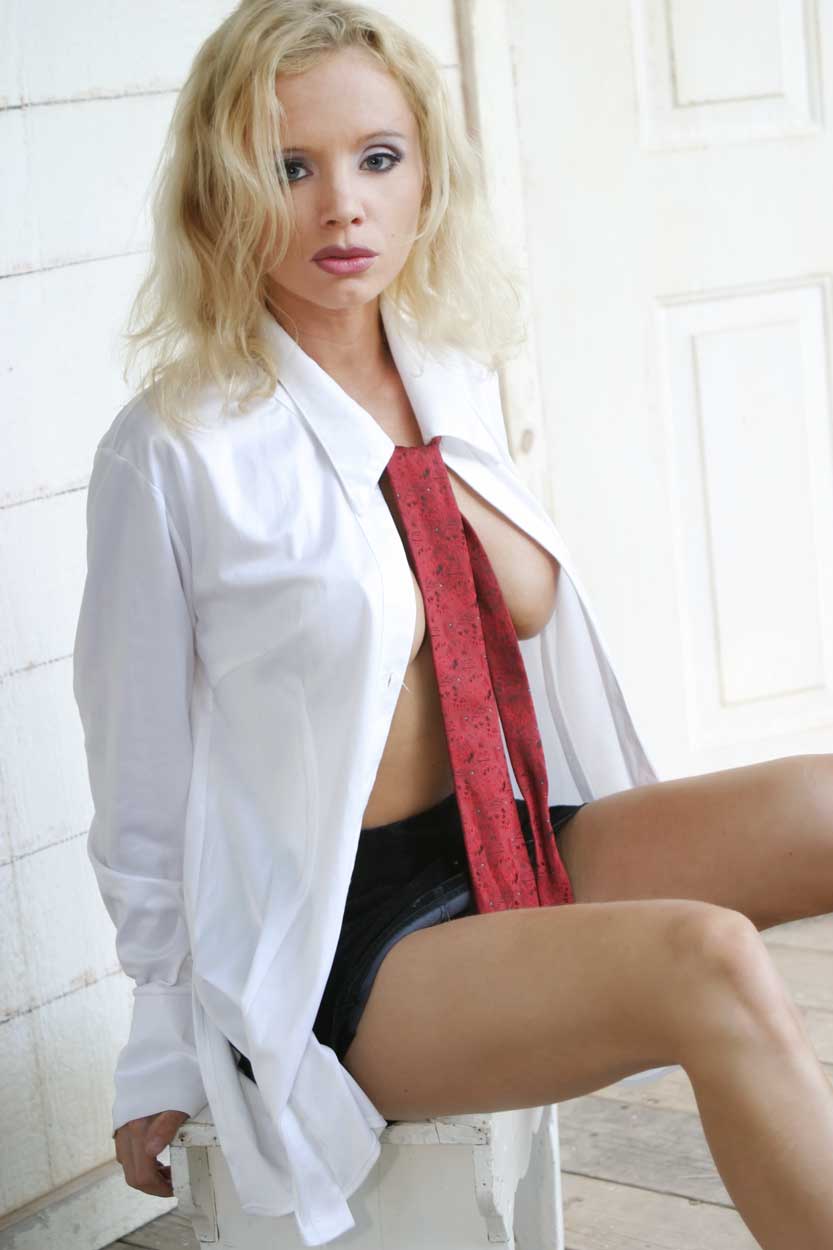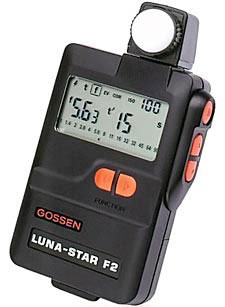Today’s Post by Joe Farace
Glamour to me is about remaining graceful and understated. —Kate Winslet
The term Lighting Ratio refers to a comparison of the key or main light to the fill light. The higher the lighting ratio is in a portrait, the higher the contrast will be. Conversely, the lower the ratio, the lower the contrast. This is easier to control in the studio but can be more of a challenge when working outdoors with (mostly) available light.
 One way to maximize you control over exposure and the lighting ratio is by using a handheld light meter. Iin camera meters typically measure light that’s reflected by the scene being photographed. Hand-held incident light meters, like my Gossen Star F2 measure the amount of light falling on the subject. Spot meters like the classic Pentax or more modern Sekonic Speedmaster L-858D-U measure a narrowly focused area in a scene but still measures reflected light. If you have time, please check out my post Using a Handheld Meter for Portraits.
One way to maximize you control over exposure and the lighting ratio is by using a handheld light meter. Iin camera meters typically measure light that’s reflected by the scene being photographed. Hand-held incident light meters, like my Gossen Star F2 measure the amount of light falling on the subject. Spot meters like the classic Pentax or more modern Sekonic Speedmaster L-858D-U measure a narrowly focused area in a scene but still measures reflected light. If you have time, please check out my post Using a Handheld Meter for Portraits.
Some basics: If you take a meter reading for a subject that’s 1/500 sec at f/11 and want to use a slower shutter speed and choose 1/125 sec you will have to adjust the aperture (make it smaller) so the same (equivalent) amount of light falls on the sensor. By selecting either Aperture (Av) or Shutter (Tv) priority exposure modes, your camera should be able calculate the equivalent exposure for you, eliminating any guesswork. But to tell the truth, sometimes when working under fast changing lighting conditions, I’ll use Program mode.
How I made this portrait: I made this outdoor portrait of the always amazing model Ann Lieb while she was sitting on a bench in a porch of a home in Phoenix, Arizona. The above available light portrait was made using a Canon EOS 50D with an EF 28-105mm f/3.5-4.5 II USM lens with an exposure of 1/80 sec at f/4 and ISO 200. A Canon Speedlite 550EX was used for file.The wonderfully useful EF 28-105mm f/3.5-4.5 II USM lens has been discontinued but you can pick up a used one on Amazon for approx. $140 as I write this.
 Another approach: The Brightness Range exposure method suggests taking two different readings from the scene you’re about to photograph. The first one is a reading off the highlight area where you want to make sure that detail is held in the portrait. A second reading it taken from the shadow area of the scene, again where you want the detail held. Your camera setting will be based on taking an average of the two readings and that may be close enough to give you the exposure you want, although to be absolutely sure you might want to bracket your exposure.
Another approach: The Brightness Range exposure method suggests taking two different readings from the scene you’re about to photograph. The first one is a reading off the highlight area where you want to make sure that detail is held in the portrait. A second reading it taken from the shadow area of the scene, again where you want the detail held. Your camera setting will be based on taking an average of the two readings and that may be close enough to give you the exposure you want, although to be absolutely sure you might want to bracket your exposure.
 If you enjoyed today’s blog post and would like to buy Joe a cup of Earl Grey tea ($3.50), click here. And if you do, thank so very much.
If you enjoyed today’s blog post and would like to buy Joe a cup of Earl Grey tea ($3.50), click here. And if you do, thank so very much.
My book Available Light Glamour Photography that is available from Amazon with new copies selling for $29.95 and used copies starting around twenty bucks as I write this. Kindle copies are $28.45 for those preferring a digital format.